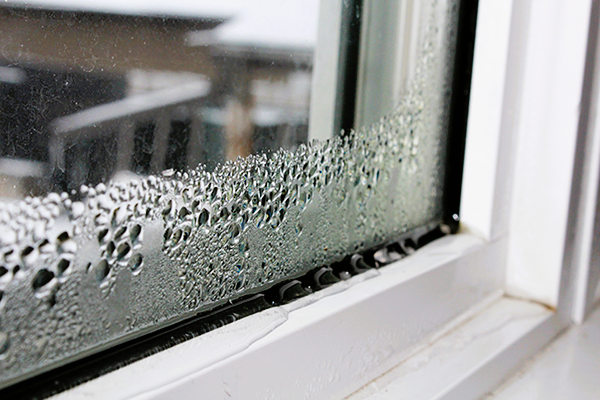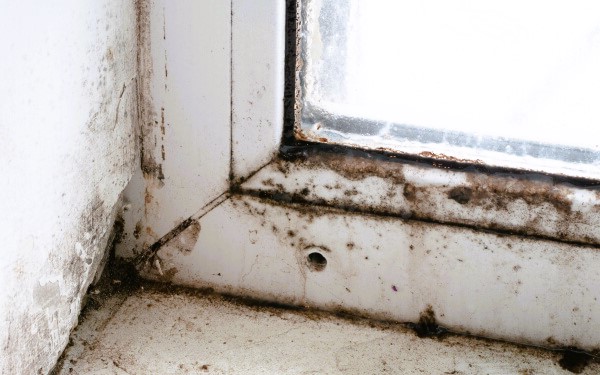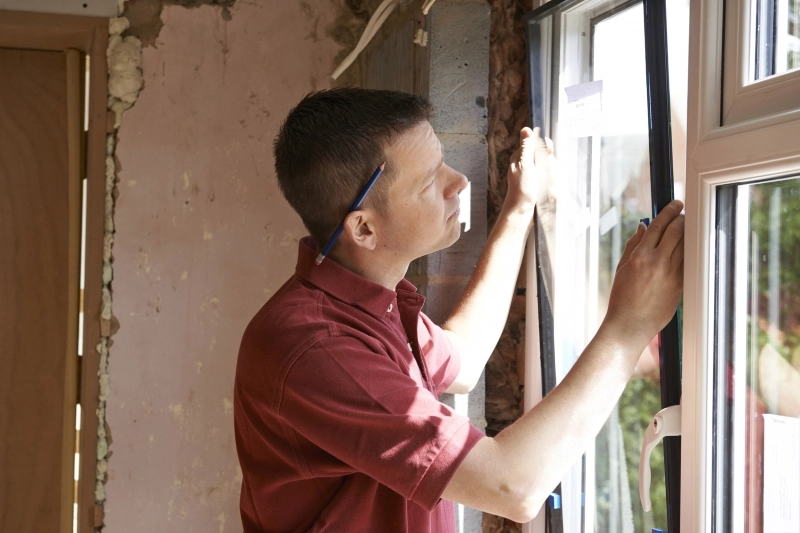Plastic windows have become a popular choice for homeowners due to their durability, energy efficiency, and cost-effectiveness. However, even the most well-maintained plastic windows can experience damage over time. In this article, we will explore how to fix damaged plastic windows and avoid problems in the future.
Cracked or Broken Glass
One of the most common types of damage that plastic windows can experience is cracked or broken glass. This can occur due to impact or extreme temperature changes. To fix cracked or broken glass in your plastic window, follow these steps:
- Carefully remove any broken glass from the window frame.
- Use a putty knife to remove any remaining adhesive or sealant from the frame.
- Measure the size of the opening and order a replacement glass pane.
- Apply a thin layer of sealant around the perimeter of the frame.
- Insert the replacement glass pane into the frame and press firmly to ensure a tight seal.
- Allow the sealant to dry according to the manufacturer’s instructions before using the window.

Warped or Bent Frame
Another type of damage that plastic windows can experience is a warped or bent frame. This can occur due to extreme temperature changes or improper installation. To fix a warped or bent frame, follow these steps:
- Use a heat gun or hair dryer to soften the plastic frame.
- Carefully bend the frame back into its original shape using a pair of pliers or a straight edge.
- Hold the frame in place until it cools and hardens.
- Check the window for any gaps or leaks and apply a sealant if necessary.
Sticking or Jammed Window
If your plastic window is sticking or jammed, it may be due to a misaligned or damaged track. To fix a sticking or jammed window, follow these steps:
- Remove the sash from the window frame.
- Check the track for any debris or damage.
- Clean the track using a soft brush or cloth.
- Apply a lubricant to the track and moving parts of the window.
- Reinstall the sash and test the window for proper operation.
Leaking Window
If your plastic window is leaking, it may be due to a damaged or worn sealant. To fix a leaking window, follow these steps:
- Remove any old sealant from the window frame.
- Apply a new layer of sealant around the perimeter of the frame.
- Use a putty knife to smooth the sealant and ensure a tight seal.
- Allow the sealant to dry according to the manufacturer’s instructions before using the window.
Avoiding Future Problems

To avoid future problems with your plastic windows, it’s important to properly maintain and care for them. This includes regular cleaning, lubrication, inspection for damage, hardware adjustment, and maintaining an adequate seal. Like the article? Read also about window care.
Additionally, avoid exposing your plastic windows to extreme temperature changes or impact, as these can cause damage. If you live in an area with extreme weather conditions, consider investing in storm windows or shutters to protect your plastic windows.
Conclusion
In conclusion, plastic windows are a durable, energy-efficient, and cost-effective option for homeowners. However, they can experience damage over time, which can affect their performance and reliability. By following these tips for fixing damaged plastic windows and avoiding future problems, you can ensure that your plastic windows continue to provide the benefits of durability, energy efficiency, and cost-effectiveness for many years to come.

